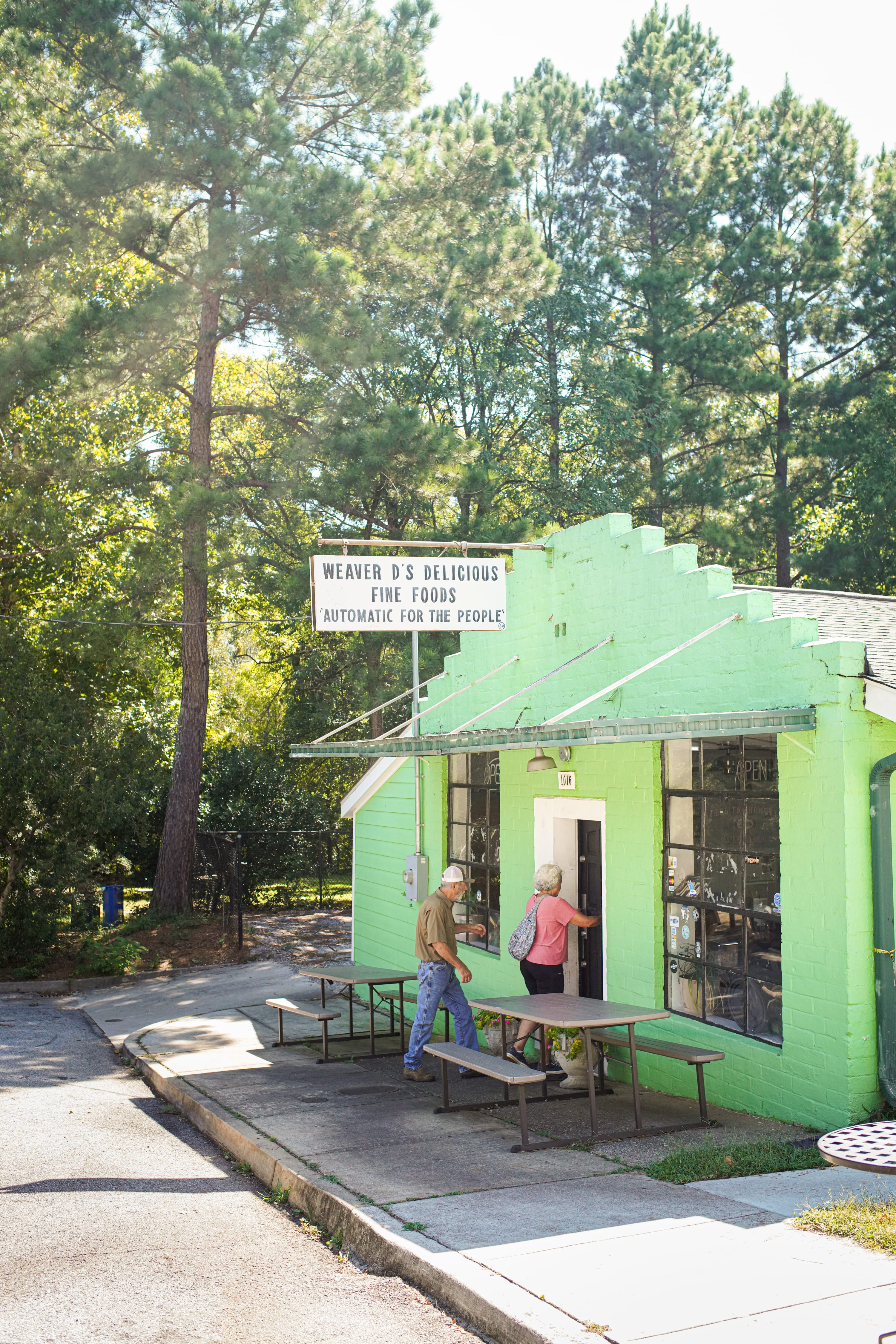
Centuries-old distilleries stitch the landscape of Kentucky Bourbon Country, part of an enduring, ordered practice seeking to transcend grain and water for something greater. The rhythm of the state’s seasons pushes and pulls bourbon against the oak of the barrels stacked inside the rickhouses. For years, sometimes decades, the barrels sit largely undisturbed awaiting judgment day: that first taste.
Glassware
It might seem over-the-top, but vessel shape has a big impact on flavor perception. The standard whiskey-tasting glass is the Glencairn, with a wide bowl at the bottom and a taper to the top to harness aroma. There are many glasses to choose from—neat and rocks glasses, copita, Norlan, NOS’R—but in a pinch, a white-wine glass makes a fine sub. Conducting a serious tasting? Don’t mix glasses.
Appearance
Appearance: With a decent pour in a glass, hold it up to the light. Colors range from straw to amber, honey to gold, copper to maple. Sometimes finished whiskeys can even take on reddish hues from the wine casks they rested in. A deeper amber tone typically indicates an older whiskey, but color is not always a great indicator of anything other than the amount of soluble barrel components in the whiskey, as any color imparted comes from the barrel.
Aroma
When nosing bourbon, it’s important to keep your mouth open so as not to overwhelm the olfactory bulbs in the nasal cavities. Breathe through your mouth to get a more subtle sense of the aromas. Is the vanilla more caramel in character or more like vanilla extract? Are the baking spices more allspice or cinnamon? Is there a fruity or floral note? Smell and taste go hand in hand with experience and memory, so don’t expect to get the same notes as someone else.
The Kentucky Chew
A statewide practice of swishing Bourbon all around the inside of your mouth so it coats every taste receptor. Be as animated as is comfortable. Just make sure to coat your palate.
Palate
There’s a reason almost every brand has their own tasting wheel to help place words to the sensory spectrum. But the perceived flavors haven’t been added. They occur naturally as a result of the entire production process. Yeast can create floral and fruity flavors; grains add spice and nuttiness, and the barrel, generally speaking, gives woody and candied notes. Viscosity or mouthfeel can heighten or diminish characteristics too.
Finish
A long finish stays with you, while a short one is gone quickly. Most bourbons split the difference, with a lingering but not overpowering sensation. Take note of whether the finish is bracing or refreshing. That warm tingle as a sip of bourbon goes down? That’s what they call the Kentucky Hug.

Field Guide
Kentucky
Distilleries and horse farms, chefs and bartenders, artists and craftspeople




